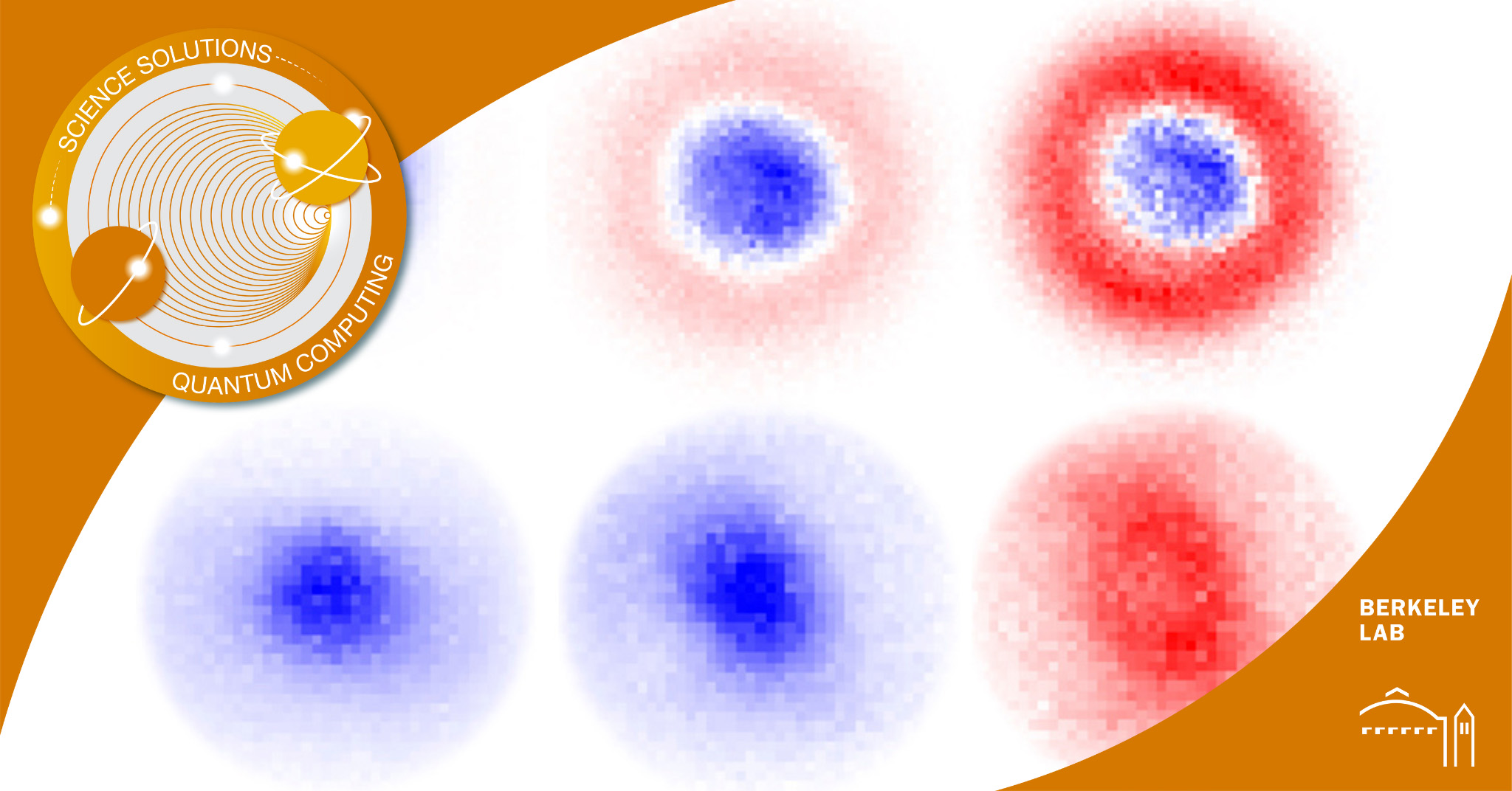The spin of the electron is a fundamental quantum bit that can store information beyond just “one” or “zero.” Utilizing the electron’s spin degree of freedom, which includes possible spin states, is a key aspect of quantum information science. Researchers at Lawrence Berkeley National Laboratory including Joseph Orenstein, Yue Sun, Jie Yao, and Fanghao Meng have been making strides in exploring the potential of magnon wave packets, which are collective excitations of electron spins, in transporting quantum information over long distances in antiferromagnetic materials.
This groundbreaking research challenges conventional wisdom about how excitations propagate in antiferromagnets, opening up new possibilities for the transmission of quantum information with accuracy and efficiency. The future of quantum technologies such as computers and sensors hinges on the ability to transmit quantum information reliably over varying distances.
The findings of Orenstein and his team, recently published in a paper in Nature Physics, represent a significant step forward in the quest to advance quantum information. Their work is part of a larger effort at Berkeley Lab to push the boundaries of quantum research, from theoretical concepts to practical applications, in order to develop and test quantum-based devices and create innovative software and algorithms.
Electron spins play a crucial role in the magnetism of materials and can be visualized as minuscule bar magnets. In antiferromagnetic materials, neighboring spins are oriented in opposite directions, resulting in a lack of net magnetization. To gain insights into how magnon wave packets travel through antiferromagnetic substances, Orenstein’s team utilized pairs of laser pulses to disrupt the antiferromagnetic order in one location while observing the effects at another site, capturing snapshots of the wave packets’ movement. These observations revealed that magnon wave packets disperse in all directions, similar to ripples expanding in a pond from a dropped pebble.
